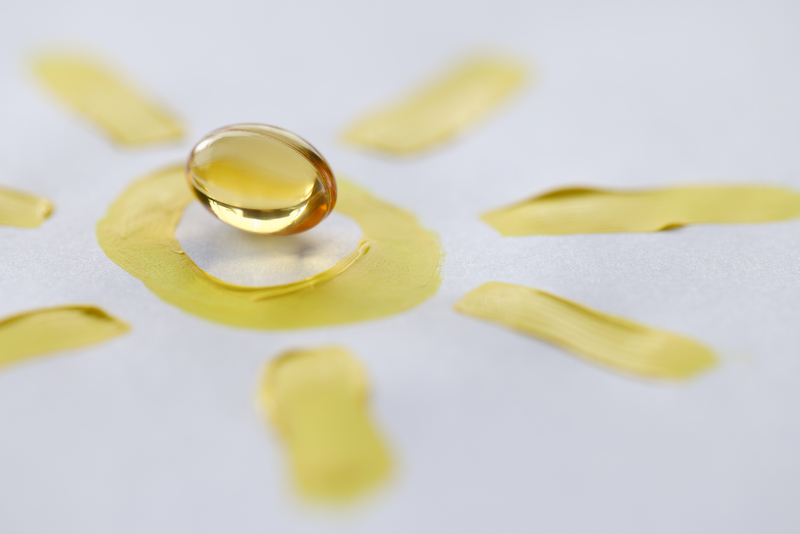A team of scientists from the Université catholique de Louvain (UCLouvain) in Belgium has found that one type of omega-3 fatty acid, called DHA (docosahexaenoic acid), can make certain tumor cells destroy themselves. DHA is best known as the omega-3 found in fish, algae oil, and some supplements. It is already known to support the brain, eyes, and immune system — but this research shows it may also directly affect how cancer cells behave.
How Cancer Cells Use Fat
Inside a tumor, the environment is often acidic, which means it has a lower pH than normal tissue. In this environment, cancer cells change the way they get energy.
Instead of using sugar (glucose) like healthy cells usually do, they start using fats as their main fuel source.
The Belgian research team studied what happens when these fat-hungry tumor cells come into contact with different types of fatty acids. They found that the cells reacted very differently depending on the kind of fat they absorbed.
Some fatty acids actually stimulated tumor growth, but DHA had the opposite effect — it killed the cancer cells.
Why DHA Is Toxic for Tumors
When tumor cells absorb DHA, they are unable to store it correctly.
Normally, cells store fatty acids inside tiny protective droplets so they don’t oxidize (which means they don’t react with oxygen and go “rancid”).
But DHA is a highly unsaturated fat, which means it is chemically unstable.
When too much DHA enters the cell, the storage system can’t keep up. The DHA molecules start to oxidize and trigger a type of cell death called ferroptosis.
Ferroptosis happens when fats inside a cell become damaged by oxidation, and the cell’s defense system can no longer stop the chain reaction. The result is that the tumor cell literally breaks down from the inside and dies.
When the researchers blocked the tumor cells’ ability to form these fat-storage droplets, the toxic effect of DHA became even stronger. This confirmed that the mechanism really depends on the cells’ inability to store and protect the DHA.
Results in the Lab and in Animals
The researchers grew small 3D tumor structures in the lab, known as spheroids.
When DHA was added, these spheroids first increased slightly in size and then collapsed completely within a few days.
In mice that were fed a diet rich in DHA, tumors developed much more slowly compared with mice on a normal diet. This showed that the same toxic effect could also happen in living organisms, not only in lab dishes.
How Much DHA Do People Usually Get?
The scientists note that most adults should get at least 250 milligrams of DHA per day, according to general nutrition guidelines.
However, typical Western diets only provide 50 to 100 milligrams per day — far below that level.
The researchers emphasize that DHA plays a role not only in brain and eye health but may also have protective effects against tumor development, although much more research is needed before it can be considered a treatment.
What This Means
This study shows that not all fats behave the same way inside the body.
Some fats can support tumor growth, while others — like DHA — can have the opposite effect in certain conditions.
The discovery helps explain why diets richer in omega-3s are often linked to better overall health outcomes and a lower risk of chronic diseases, including some cancers.
It also opens the possibility that DHA could one day be used alongside other therapies to make cancer treatments more effective.
For now, the takeaway is simple: DHA is an essential omega-3 that most people get too little of, and research continues to reveal how it influences both healthy and diseased cells.
—————————————————
Study reference:
Dierge, E. et al., Cell Metabolism (2021). “Peroxidation of n-3 and n-6 polyunsaturated fatty acids in the acidic tumor environment leads to ferroptosis-mediated anticancer effects.”







